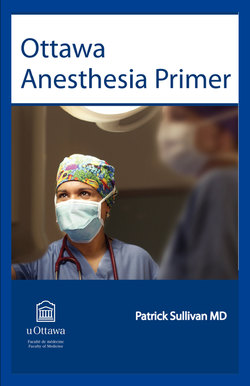Читать книгу Ottawa Anesthesia Primer - Patrick Sullivan - Страница 98
На сайте Литреса книга снята с продажи.
Chapter 7 Intubation Decisions and Challenges
ОглавлениеTim O’Connor MD and Ilia Charapov MD
Learning Objectives
1 To review the subjective and objective criteria for tracheal intubation and extubation.
2 To review a goal-directed and patient-oriented approach to the pharmacology of medications used for tracheal intubation.
3 To acquire an appreciation of the specific considerations for tracheal intubation with an emphasis on: the patient’s presenting medical condition, the identification, anticipation, and management of a difficult airway, and the rational use of various airway devices in specific patient scenarios.
4 To review complications of tracheal intubation and positive pressure ventilation.
Key Points
1 Identifying the goals and conflicts for intubation provides the framework to develop a patient-specific goal-oriented plan for tracheal intubation.
2 When tracheal intubation fails, bag-mask ventilation or placement of a laryngeal mask airway device (LMAD) may be used as a rescue plan. All efforts should focus on ensuring adequate oxygenation.
3 “Awake” fiberoptic bronchoscopy (FOB) remains the gold standard for elective intubation in patients with a difficult airway.
4 A wide array of new airway devices provides clinicians with many equally valid ways to manage a difficult airway apart from FOB.
5 Insertion of an extraglottic airway, such as a laryngeal mask airway device (e.g., LMA™) may be life saving in the “cannot intubate, cannot ventilate” scenario.
6 There are two immediate clinical tools to confirm tracheal intubation: end-tidal carbon dioxide (ETCO2) measurement and visualization of the endotracheal tube (ETT) passing through the glottis.
7 Clinical experience is correlated directly with successful intubation at first attempt. Enlist expert assistance for anticipated difficult intubations.
8 Always have a backup airway plan.
Background:
Chapter 6 presented an overview of the technical skills required to perform tracheal intubation in adults. This chapter uses clinical cases to illustrate the decision process used to:
Assess a patient’s need for tracheal intubation
Identify pharmacologic goals for intubation Choose an appropriate intubation technique
Develop a plan to manage an identified difficult airway
Anticipate and manage problems related to positive pressure ventilation.
